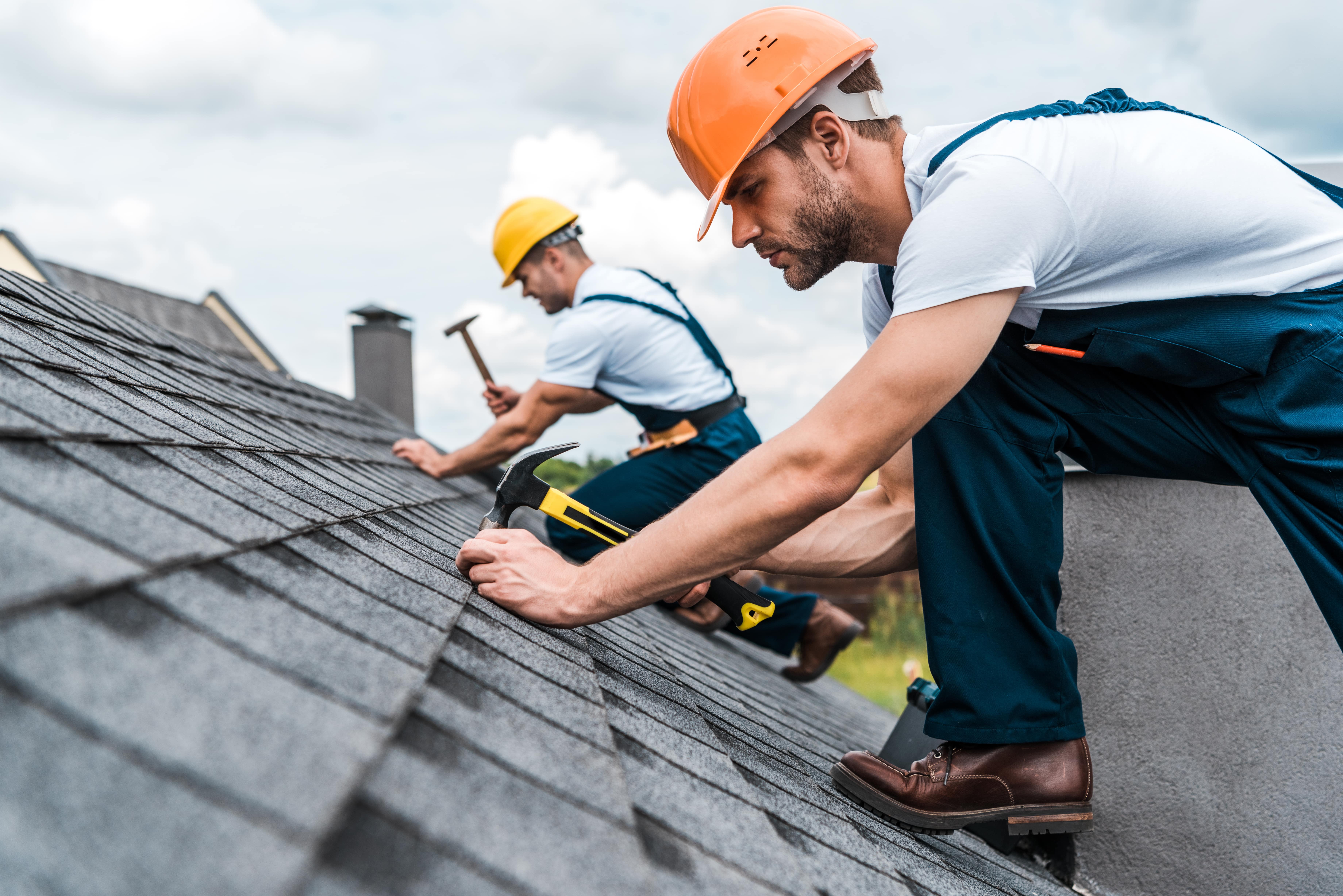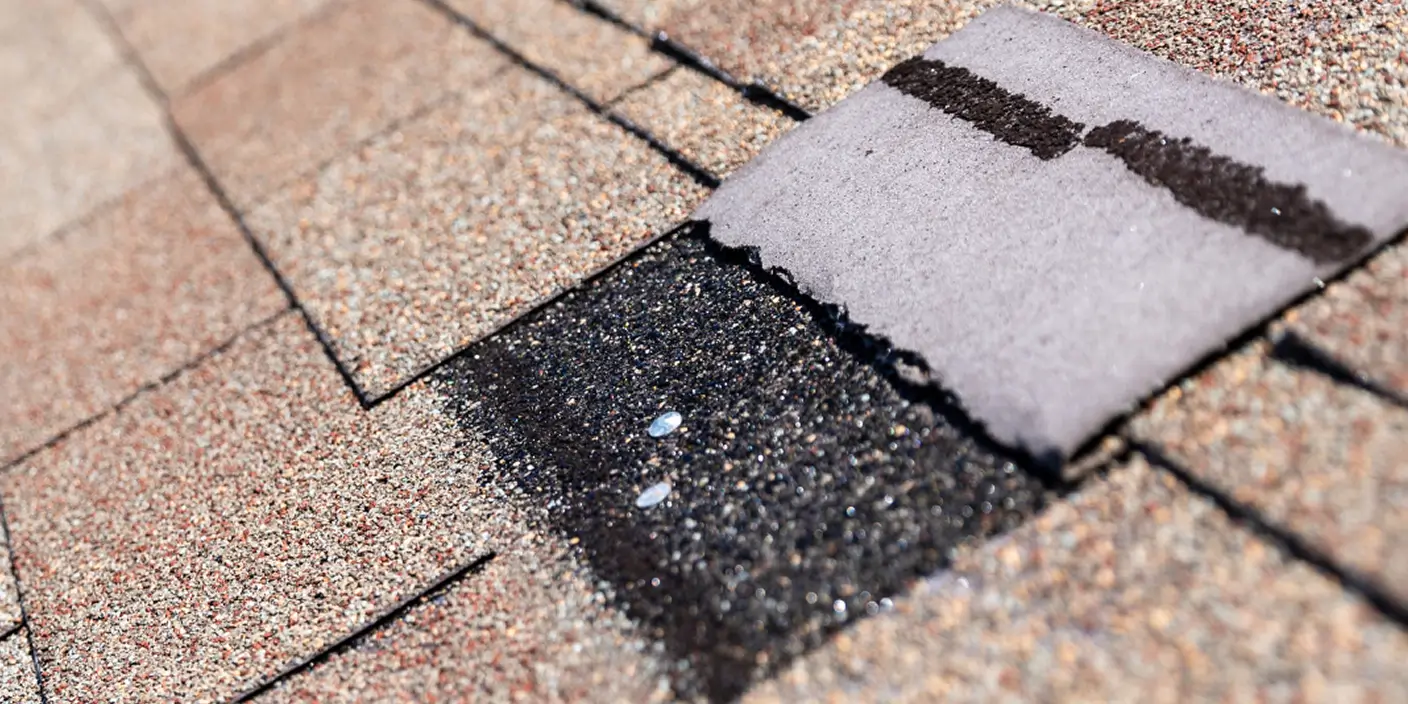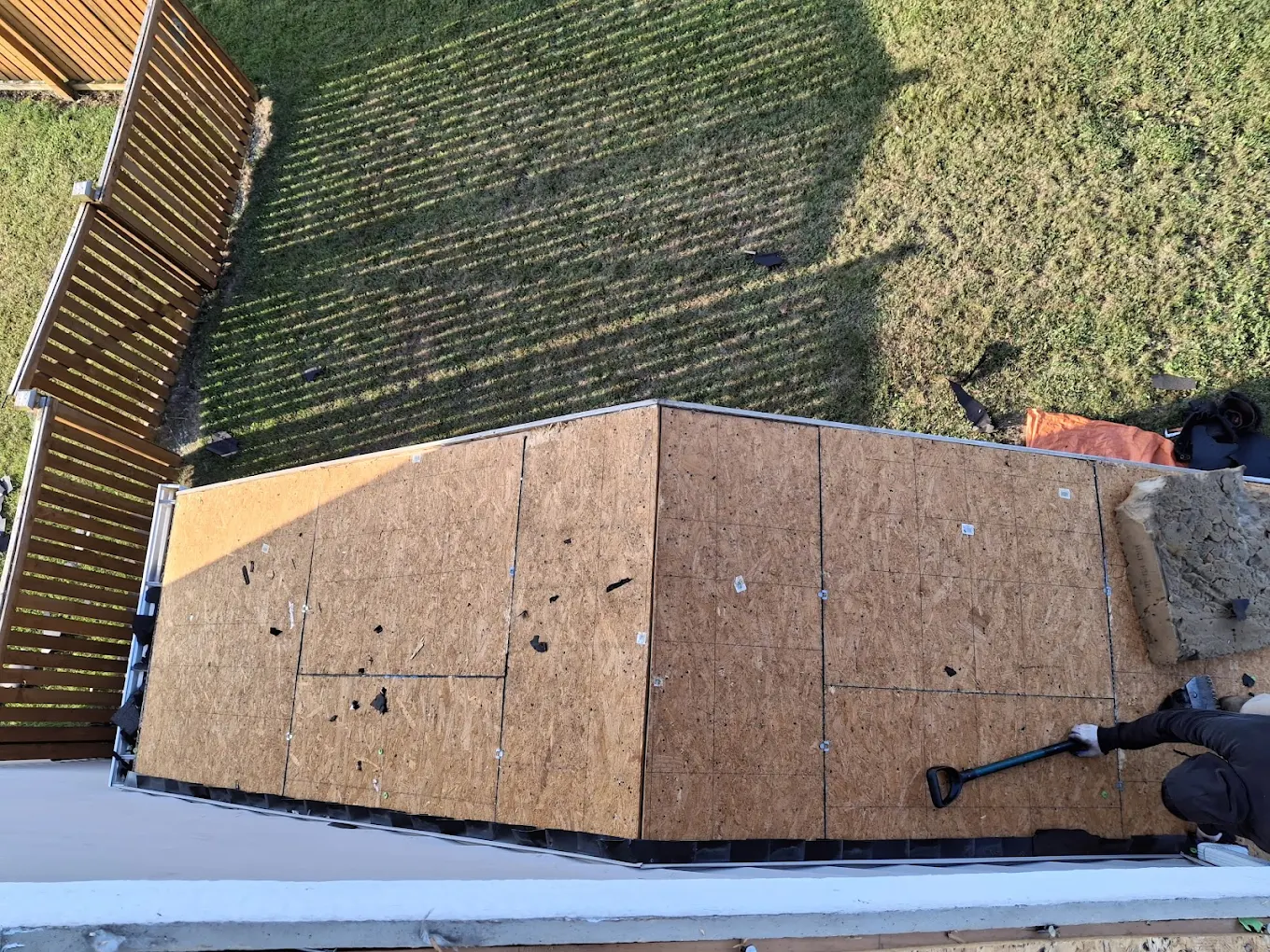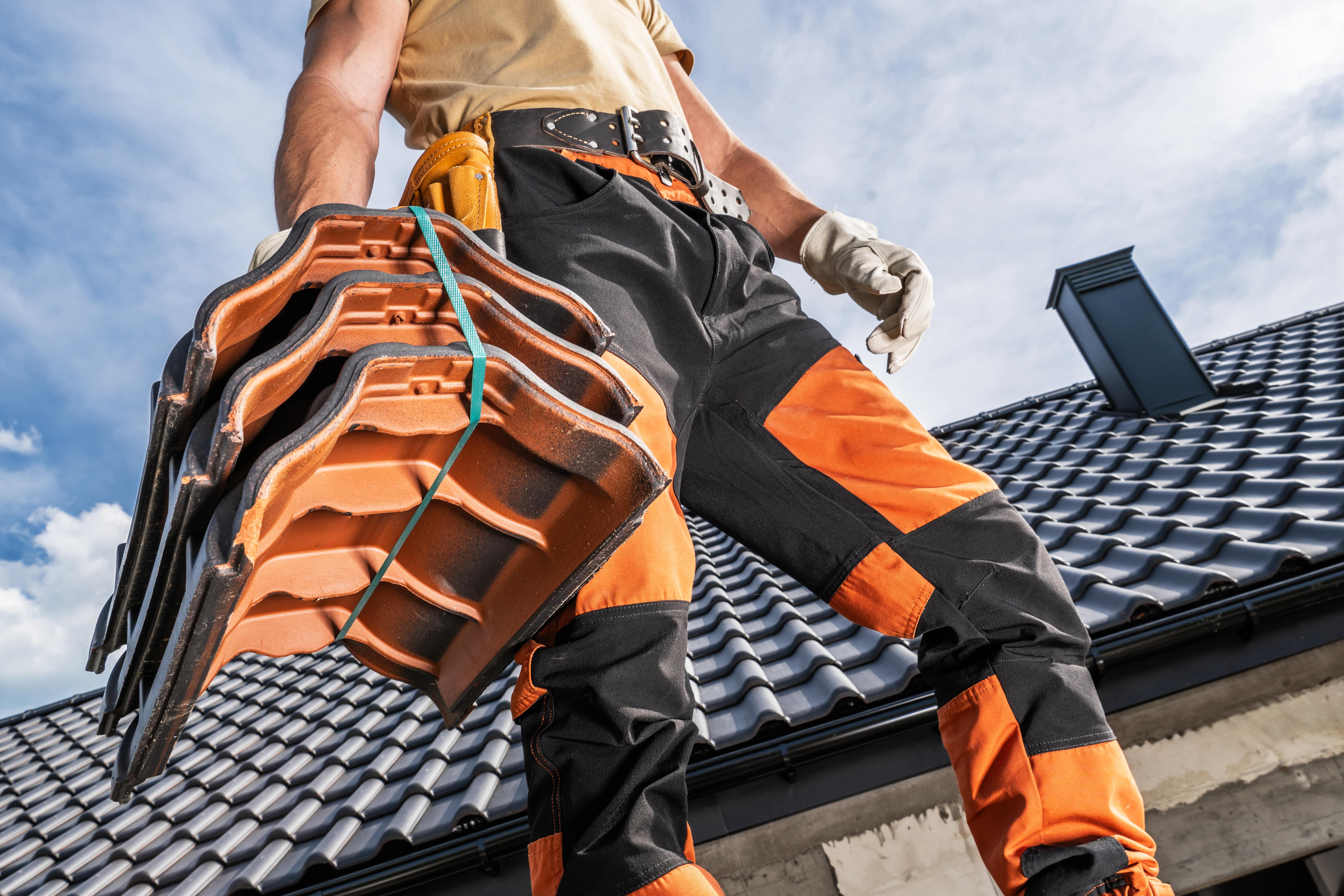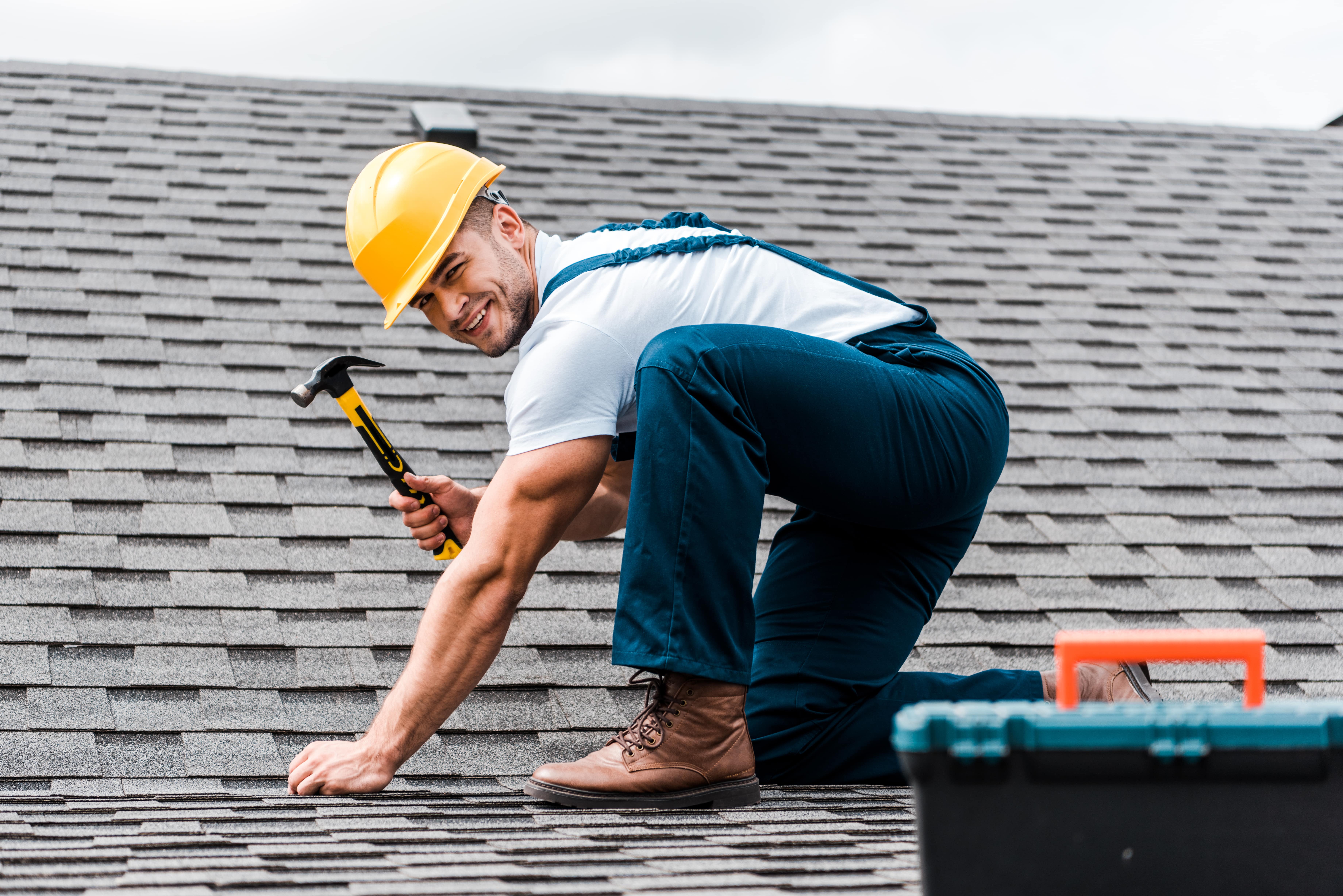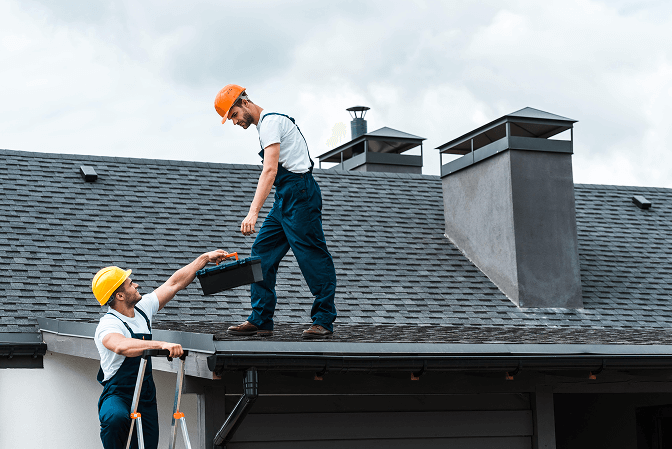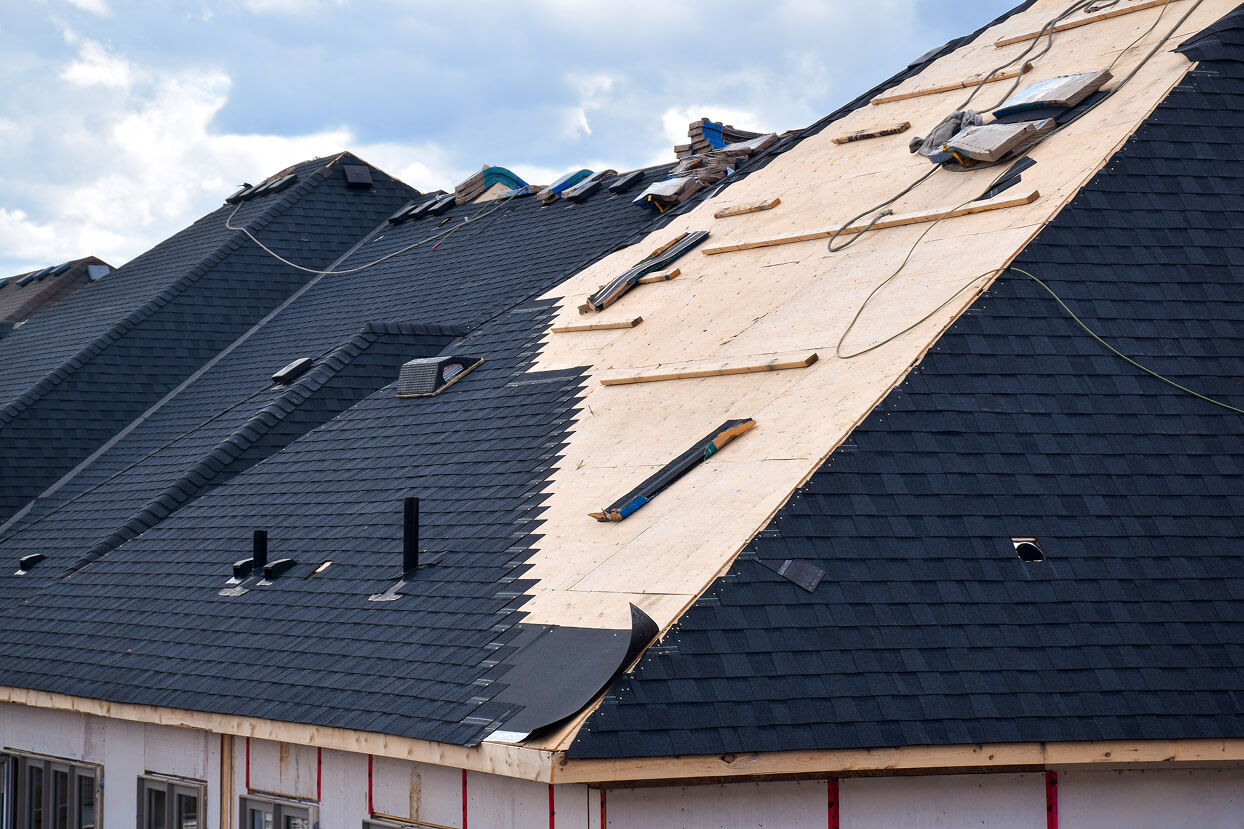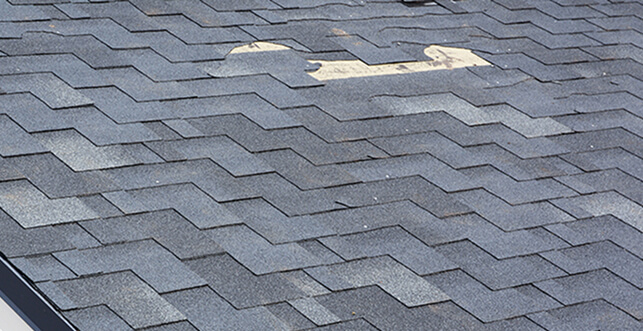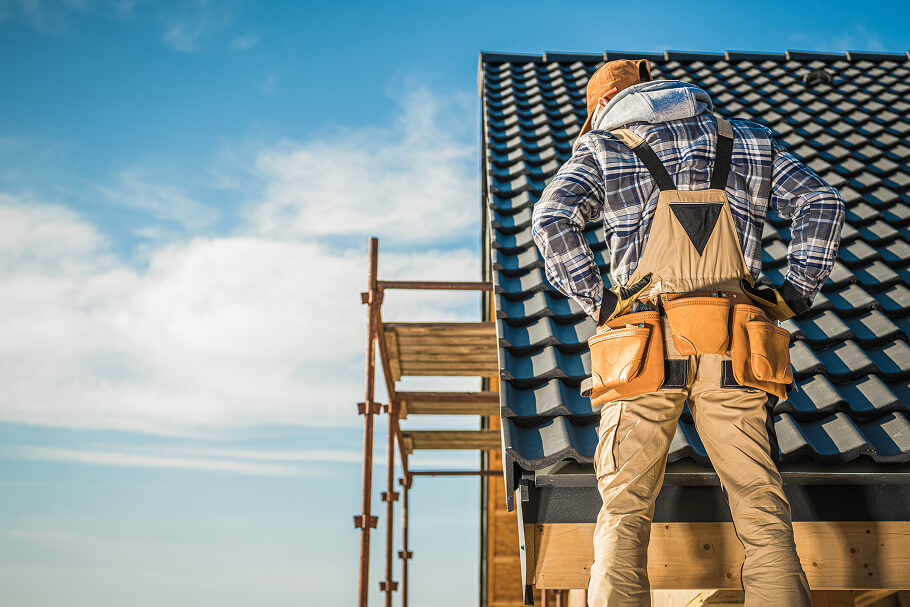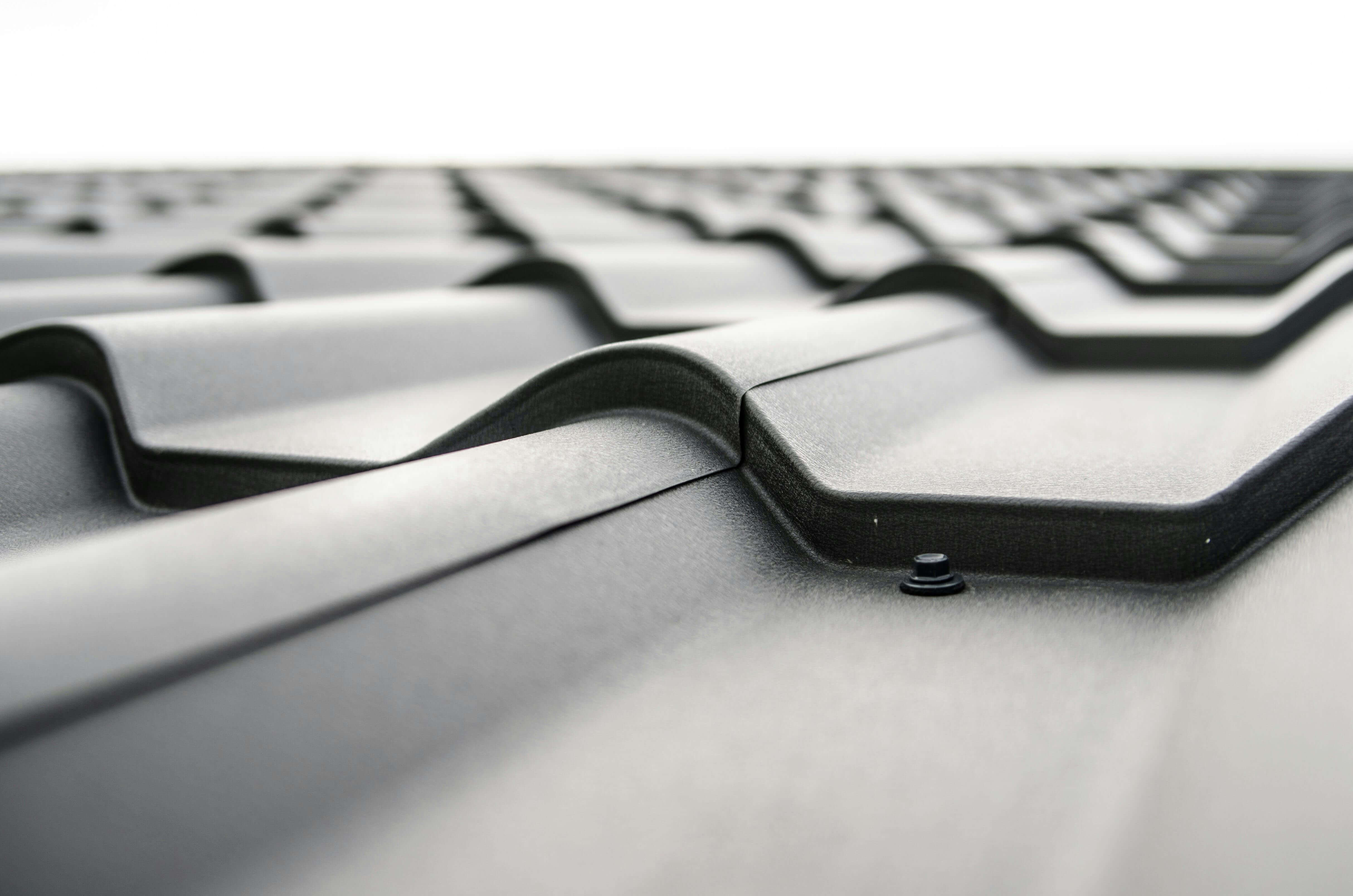When storms roll across Indiana, heavy rain can expose weak points you didn’t know your roof had. A roof can look fine from the street yet still let water in where materials meet or seals have aged. For homeowners, understanding why leaks happen — and how to stop them before they cause costly damage — is key to keeping your home dry, safe, and sound.
This guide breaks down the real reasons roofs leak during heavy rain, what to look for, and when to call a professional roofing company. Whether you live in Indianapolis, Greenwood, or a smaller Indiana town, these insights will help you protect your roof, your home, and your peace of mind.
Why Roof Leaks Often Start with Flashing Problems
Most roof leaks don’t start with missing shingles — they start at the details. Flashing is the thin metal installed around chimneys, vents, skylights, and valleys to keep water out of joints. When flashing rusts, lifts, or was installed poorly, rain finds its way in.
According to the National Roofing Contractors Association (NRCA), the majority of roof leaks originate from improperly installed or deteriorated flashings, not from the roofing surface itself (NRCA Roofing Manual, Steep-Slope Roof Systems, 2023).
Indiana roofing contractors see this all the time after high winds or temperature swings. Expansion and contraction loosen fasteners, creating gaps that wind-driven rain can exploit. The right fix isn’t more caulk; it’s replacing damaged flashing with properly lapped and sealed metal that meets building-code and manufacturer standards.
If you notice ceiling stains near a chimney or wall that appear hours after a storm, flashing is likely to blame. A professional roofing company can inspect and re-flash those areas before small leaks turn into structural issues.
How Wind-Driven Rain Sneaks Under Soffits and Edges
During Indiana thunderstorms, rain rarely falls straight down. Strong winds can push water up under soffits, fascia boards, and roof overhangs. When soffits are weak or not fastened tightly, they flex and let water blow into the attic.
Modern roofing systems include reinforced soffits and venting designed to handle this kind of pressure. If your roof hasn’t been inspected in a few years, a roofing contractor can check that your soffits are secure, your gutters are correctly pitched, and your attic ventilation is balanced. This simple inspection prevents major roof repair work later.
Valleys: The Busiest Waterways on Your Roof
Valleys are where two roof slopes meet — and where gallons of water flow during every storm. If the metal valley flashing is dented, corroded, or thin, it can let water back up under the shingles. Debris like leaves or shingle granules can also dam water and push it sideways.
Indiana roofing companies often find leaks along valleys during roof replacement projects, even when shingles elsewhere look fine. Reinforcing these valleys with wider metal flashing and sealing overlaps properly keeps water moving the right direction.
Roof-to-Wall Connections and Kick-Out Flashing
Where the roof meets a wall, step flashing should carry water down to the siding’s drainage plane. At the bottom of that joint, a small piece called kick-out flashing is crucial — it directs water away from the wall and into the gutter. Without it, rainwater runs behind the siding and causes hidden rot.
Many roof repair calls in Indiana trace back to missing or clogged kick-outs. A professional roofing company can spot these issues fast and replace or reinstall the flashing the right way. It’s one of those small details that saves thousands in future siding and drywall repairs.
Vents, Boots, and Skylights: Hidden Leak Points
Every penetration in your roofing system — vent pipes, satellite mounts, or skylights — must be sealed correctly. Over time, rubber boots crack, metal collars rust, and skylight seals dry out. Under prolonged heavy rain, those tiny openings become direct leak paths.
If you see stains around bathroom or kitchen vents, the fix may be as simple as replacing a pipe boot or re-flashing a skylight. Indiana roofing contractors recommend checking these seals every few years, especially after severe storms or high winds.
Gutters and Downspouts: The Overlooked Cause of Roof Leaks
Clogged or undersized gutters cause more roof leaks than most homeowners realize. When heavy rain overwhelms a gutter, water backs up under the shingles and wets the roof deck. Over time, that moisture can rot the fascia and edge of the sheathing.
A good roofing contractor in Indiana won’t stop at the shingles — they’ll check your entire drainage system. Secure hangers, clean channels, and downspouts that extend several feet from the foundation are simple fixes that protect your home’s structure. If your gutters are aluminum and more than ten years old, consider a gutter replacement with seamless sections cut on-site for a cleaner fit.
Capillary Leaks and Hidden Moisture Paths
Even when everything looks sealed, water can travel through tight joints by capillary action — drawn upward or sideways along tiny gaps between layers. When heavy rain combines with strong wind, that pressure drives water under laps, across the deck, and even along truss lines into ceilings far from the source.
Professional roofers combat this with continuous underlayment, sealed deck seams, and high-quality materials like Owens Corning shingles that resist wind uplift. If you suspect hidden leaks, ask for a photo-documented roof inspection. It shows where the laps are failing and what’s needed to restore a watertight roofing system.
When Poor Ventilation and Insulation Lead to Leaks
Sometimes the problem isn’t rain getting in — it’s moisture trapped inside. In Indiana’s humid climate, poor attic ventilation causes condensation that looks just like a roof leak. When warm indoor air meets the cool roof deck, water forms and drips through insulation or light fixtures.
A professional roofing company will check your attic ventilation as part of any roof repair or replacement. Balanced intake and exhaust vents prevent moisture buildup, ice dams in winter, and mold growth in summer. It’s an often-missed step that protects your home year-round.
Why Workmanship and Materials Matter More Than You Think
Even the best shingles fail if installed wrong. Shortcuts like high-nailing, skipping underlayment overlaps, or reusing old flashing compromise the entire roofing system. Indiana roofing contractors who use premium materials and follow manufacturer specs (like Owens Corning or GAF) stand behind their work with real warranties — not just promises.
Homeowners should always ask for a line-item estimate showing underlayment coverage, flashing replacement, and warranty terms. A professional roofing company will explain every part of the quote clearly and give you time to decide without pressure. Quality workmanship pays off with a roof that stands the test of time.
How to Tell If You Need Roof Repair or Roof Replacement
Not every leak means you need a new roof. Sometimes a small repair — sealing a valley, replacing flashing, or fixing a few damaged shingles — is enough. But if leaks are widespread or your roof is nearing 20 years old, a full roof replacement may be more cost-effective.
Indiana roofing contractors typically inspect for:
- Missing, curled, or blistered shingles
- Soft decking underfoot
- Multiple leak points or interior stains
- Extensive storm damage that insurance may cover
A full-service roofing contractor will walk you through both options, showing photos and explaining the costs clearly. Whether you need a quick roof repair or a complete replacement, the goal is simple: get it done right the first time and restore your peace of mind.
Checklist: What to Ask Before Hiring a Roofing Company
- Are you licensed and fully insured in Indiana?
- Do you offer free roof inspections and photo documentation?
- What warranty covers both materials and workmanship?
- Will you replace all flashing and underlayment, not just shingles?
- How do you handle cleanup and debris removal?
The best roofing companies in Indiana will answer these questions openly. They’ll also tell you honestly if your roof still has life left in it — even if that means walking away from a sale. That’s the difference between a contractor and a trusted partner.
Your Indiana Heavy-Rain Leak-Stop Recap
- Flashing failures cause most roof leaks — not missing shingles.
- Secure soffits and vents keep wind-driven rain out of your attic.
- Clean gutters and downspouts prevent overflow and edge rot.
- Ventilation and insulation protect against interior condensation.
- Quality workmanship and materials extend the life of your roof.
A well-maintained roof protects your home’s structural integrity and curb appeal. Address small leaks promptly and professionally before they lead to extensive damage or insurance claims.
Need a Roofing Contractor You Can Trust in Indiana?
If your roof leaks during heavy rain, don’t panic — and don’t fall for high-pressure sales tactics. Schedule a free, no-obligation inspection with Above the Cut Restoration, a family-owned and fully insured roofing contractor serving homeowners across Central Indiana.
We provide honest assessments, clear photos, and transparent recommendations. If you don’t need a new roof, we’ll tell you. If you do, our experienced team uses premium Owens Corning materials and backs every job with a strong workmanship warranty.
No pressure. No gimmicks. Just real roofing, done right the first time.
Schedule Your Free Inspection or call us today — and get complete peace of mind before the next Indiana storm rolls through.

